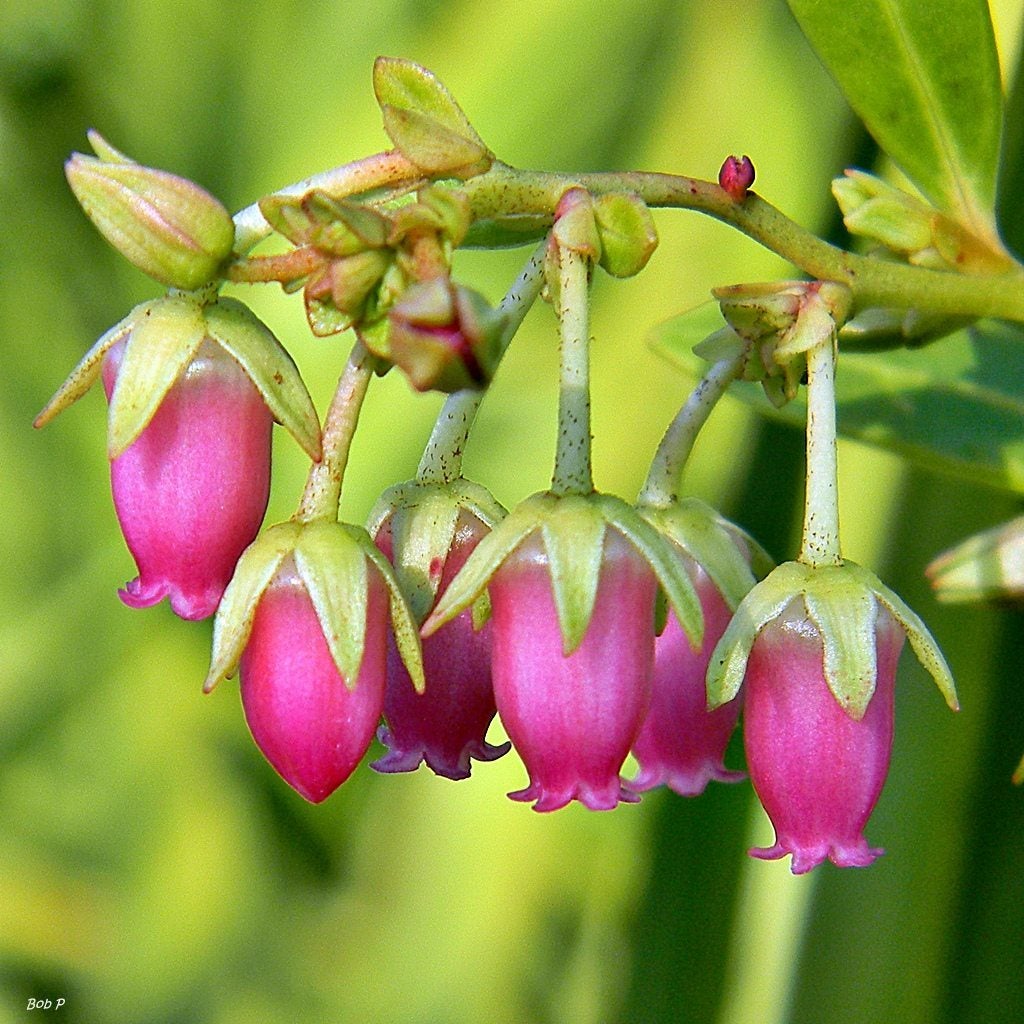Fetterbush Information: Growing Fetterbush In The Garden


If you’ve never heard of fetterbush, you’re in for a treat. Fetterbush is an attractive evergreen shrub with shiny leaves and showy flowers. This native plant grows in the wild in bogs, bays, swamps, and wet woodlands. Keep reading for fetterbush information and tips on how to grow a fetterbush.
What is Fetterbush?
Fetterbush (Lyonia lucida) is a deciduous shrub native to the southeastern United States. Its aspect is open and arching, while leaves are thick and leathery, a lustrous dark green. If you start growing fetterbush, you’ll fall for the drooping, urn-shaped flowers that can last all spring long and into summer. They grow at the branch tips in clusters, in varying shades of pink. Some are almost white while others are a deep, rich shade. It’s called fetterbush because of how its growth habit can restrict, or fetter, the passage of humans or animals. It’s also been given several other common names, including fetterbush lyonia and pink fetterbush. According to fetterbush information, the shrubs can grow to 5 feet (1.5 m.) tall. They have branching stems near the base, but twigs farther outward are arranged alternately. New stems grow in red or pale shades of green, but they mature into brown. All stems, young and old, are covered with black scales. Note: Fetterbush leaves are toxic to both humans and animals. That’s why it should never be planted where livestock graze. If you start growing fetterbush, you’ll need to know that nectar from flowers is also toxic if ingested. Eating leaves or nectar can cause very unpleasant symptoms. These include salivation, nausea, vomiting, sweating, abdominal pain, headache, lack of coordination, convulsions, and paralysis.
Growing Fetterbush
If you are interested in where to grow a fetterbush, it is a good choice for wetter areas, which is where it grows in the wild. Gardeners like growing fetterbush since its bright blossoms add color to the garden in early spring. What about care of fetterbush? These shrubs require little maintenance, making them easy-care selections to the landscape. In fact, their care requires less effort if you plant the shrubs appropriately. Fetterbush grows best in U.S. Department of Agriculture plant hardiness zones 7b through 9. Plant the shrubs in partial shade in moist soil. Fetterbush won’t tolerate standing water, so be sure to plant it in well-draining soil. On the other hand, care of fetterbush requires regular and generous irrigation.
Gardening tips, videos, info and more delivered right to your inbox!
Sign up for the Gardening Know How newsletter today and receive a free copy of our e-book "How to Grow Delicious Tomatoes".

Teo Spengler is a master gardener and a docent at the San Francisco Botanical Garden, where she hosts public tours. She has studied horticulture and written about nature, trees, plants, and gardening for more than two decades. Her extended family includes some 30 houseplants and hundreds of outdoor plants, including 250 trees, which are her main passion. Spengler currently splits her life between San Francisco and the French Basque Country, though she was raised in Alaska, giving her experience of gardening in a range of climates.
-
 Moody Blooms For Spring: 8 Types Of Black Flowers To Add Drama To Spring Displays
Moody Blooms For Spring: 8 Types Of Black Flowers To Add Drama To Spring DisplaysFrom midnight burgundies to inky violets, several types of black flowers can enrich and embolden a spring display. Try these brooding bloomers for a moody garden
By Tonya Barnett
-
 My Homemade Orchid Fertilizer Always Brings More Blooms – Here's The Easy Recipe That Transforms Plants
My Homemade Orchid Fertilizer Always Brings More Blooms – Here's The Easy Recipe That Transforms PlantsScientist-turned-gardener Mary Ellen Ellis shares her tried-and-tested DIY orchid fertilizer recipe, plus more ingredients to try for healthy, happy plants.
By Mary Ellen Ellis